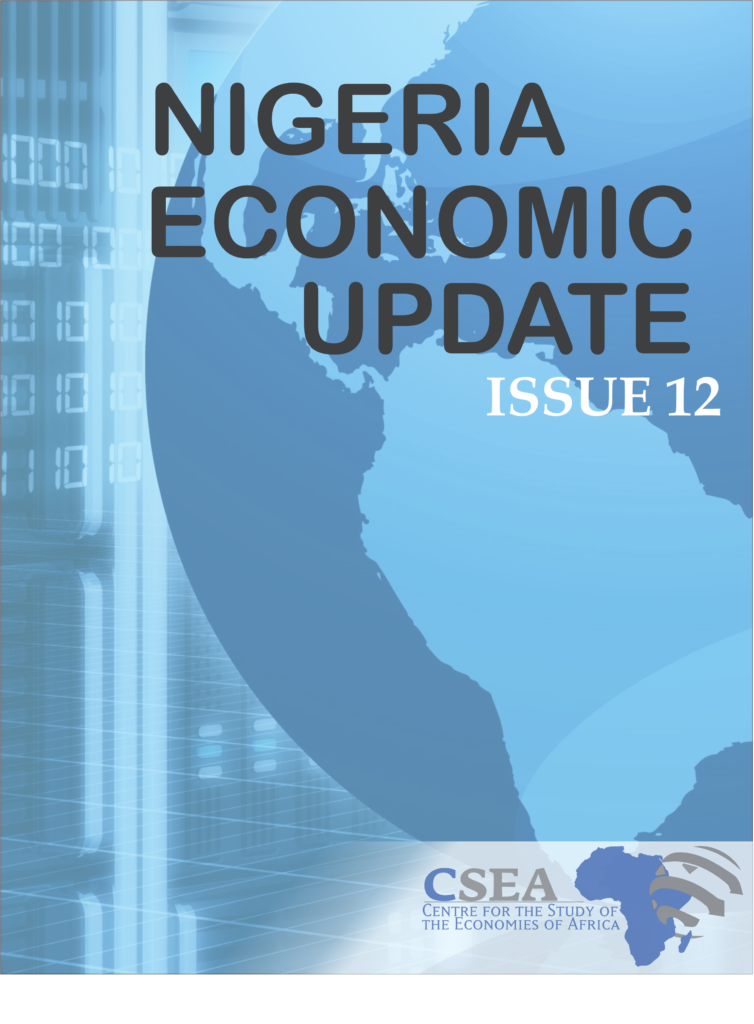According to data released by the National Bureau of Statistics, states generated about N931.2 billion altogether in 2017 fiscal year1, representing 12 percent above the N831.2 billion generated in 2016. Further breakdown shows that 31 states recorded increases, while only about 5 states recorded slight declines in revenue generated internally; Lagos state generated 36 percent of total internally generated revenue (IGR). Notably, with a net FAAC allocation of N1.7 trillion, total revenue available to states stood at approximately N2.7 trillion in 2017. However, the states are still burdened with debts, given the N3.2 trillion and $4.1 billion owed as domestic and foreign debts respectively as at the end of December 2017. Going forward, improvements in tax collection and administrative capacities of revenue-generating agencies of other states, beyond Lagos, can further improve overall IGR.
Macroeconomic Report & Economic Updates

March 9, 2018
Nigeria Economic Update (Issue 12)
According to data released by the National Bureau of Statistics, states generated about N931.2 billion altogether in 2017 fiscal year1, representing 12 percent above the N831.2 billion generated in 2016. Further breakdown shows that 31 states recorded increases, while only about 5 states recorded slight declines in revenue generated internally; Lagos state generated 36 percent […]
Read →
Related
Nigeria Economic Update (Issue 4)
Recently released power sector report by the
National Bureau of Statistics records a total average energy generation of 2,548GWH
by 25 power stations, from October 2016 to December 2016. Daily
Energy generation, attained the 2016Q4 highest level of 3,859.6MW in October
2016, and a lowest level of 2522MW in the same month. On the average, current
daily energy generated which is below 3,000MW, prompts system malfunctions.
Thus, the irregular power generation and supply experienced in recent times is
attributable to shortage of gas owing to non-functional major pipelines, in
addition to the inability of GENCOs to make payments for the available gas
supply. Given the recent challenges to power supply, efforts should
be geared towards the diversification of electricity generation. Government
should consider investment in renewable as well as coal energy to complement
gas power supply.
